Cycadophytes (Cycads) in the Christopher B. Smith Preserve
Cycadophyte Characteristics: Cycads have been on earth since before dinosaurs. Today, there are three families, 11 genera and approximately 250 species. All live in tropical and sub-tropical latitudes.
Cycads are considered the most primitive of the living seed-bearing plants. They reproduce by seeds, but the seeds do not have shells like magnoliophytes (flowering plants). Instead, the seeds are naked inside cones. Cycads are dioecious, with male and female cones on different plants. Each mature male plant has one or more cones that produce pollen; each mature female has one cone that produces seeds. Typically, weevil beetles are responsible for pollination.
Interactions in the Smith Preserve: Like other plants, cycads convert energy of sunlight to energy other organisms can use. The conversion process is photosynthesis and the energy cycads produce is distributed to animals through the food web. Also during photosynthesis, cycads produce oxygen. In addition, cycads provide habitat for other organisms.
Phylum |
Family |
Species Name |
Common Name |
Cycadophyta |
Zamiaceae |
Zamia furfuracea |
Cardboard Palm / Cardboard Cycad |
Cycadophyta |
Zamiaceae |
Zamia floridana |
Zamia furfuracea Cardboard Palm / Cardboard Cycad
|
Zamia floridana Coontie
Florida's indigenous people and early European settlers extracted an edible starch from the coontie's caudex. They used the starch to make bread. Today, it is illegal to collect coonties from the wild.
|

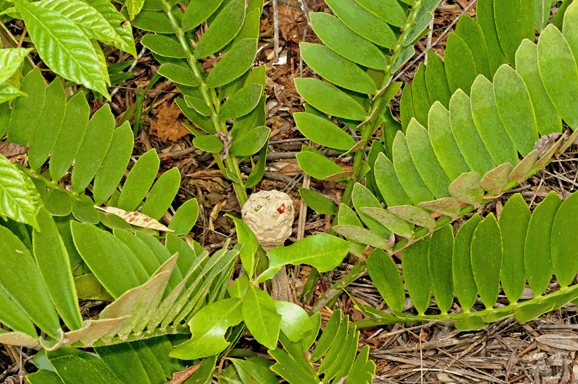
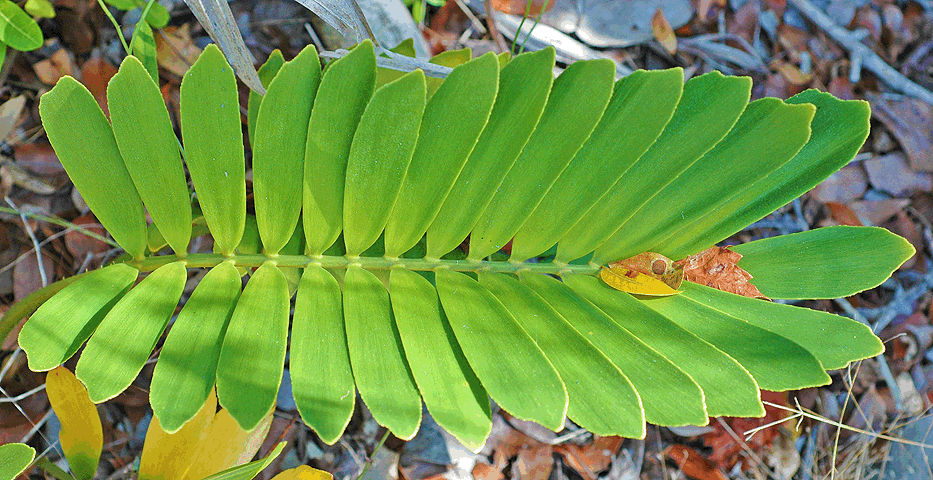
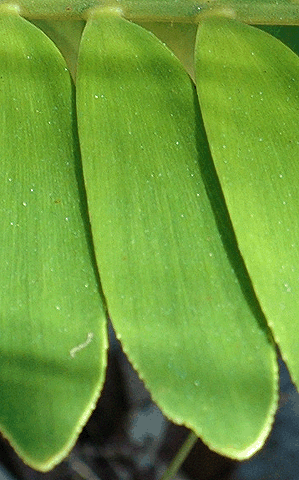
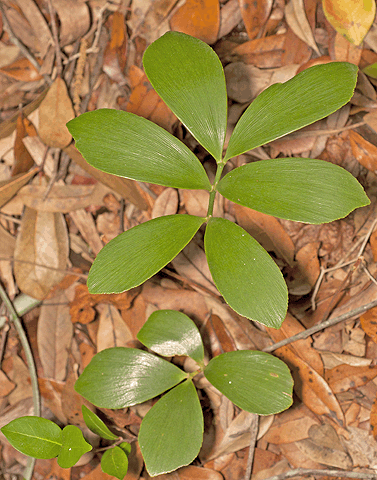 Cardboard cycads grow erect in full sun and horizontal in shaded areas. In the Smith Preserve, several specimens are growing in partial shade in the understory of the hammock near the southern portion of the east fence.
Cardboard cycads grow erect in full sun and horizontal in shaded areas. In the Smith Preserve, several specimens are growing in partial shade in the understory of the hammock near the southern portion of the east fence.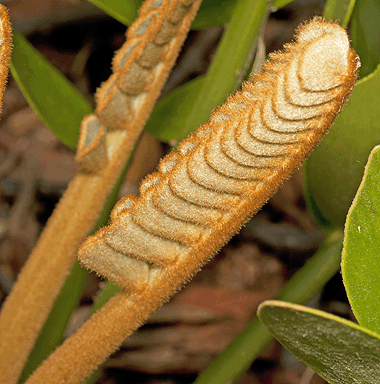
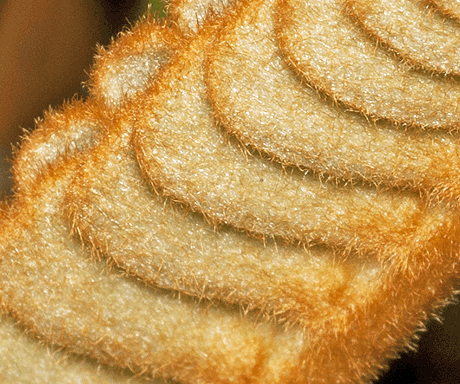
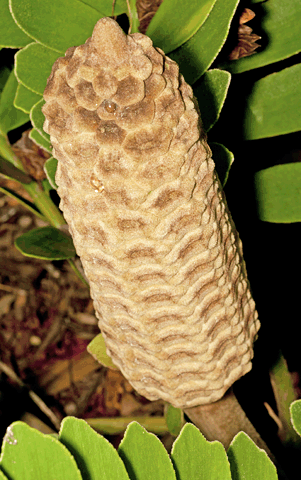
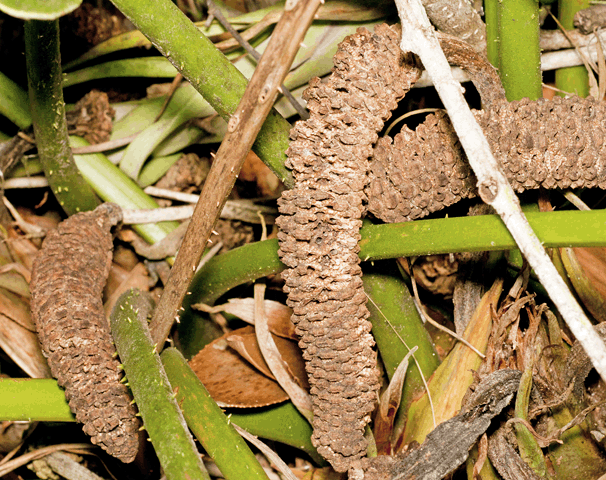
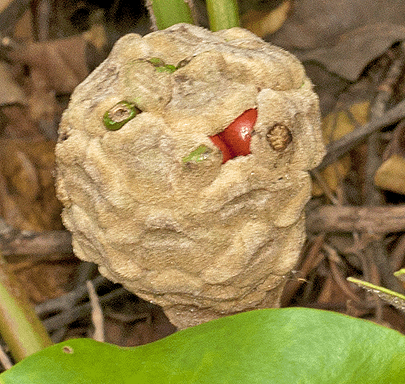
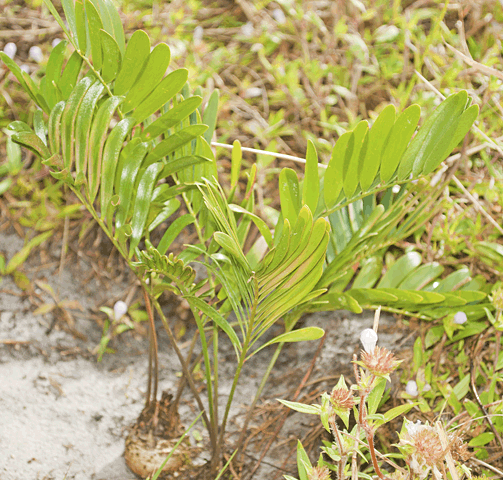
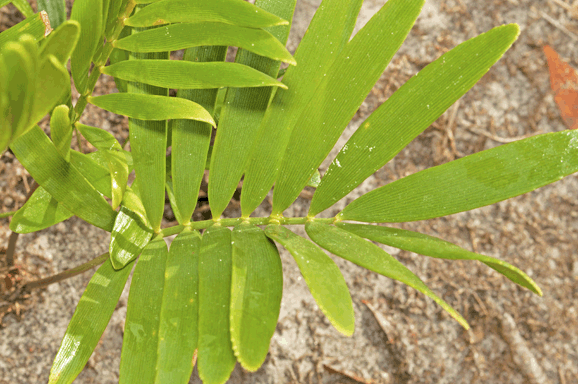
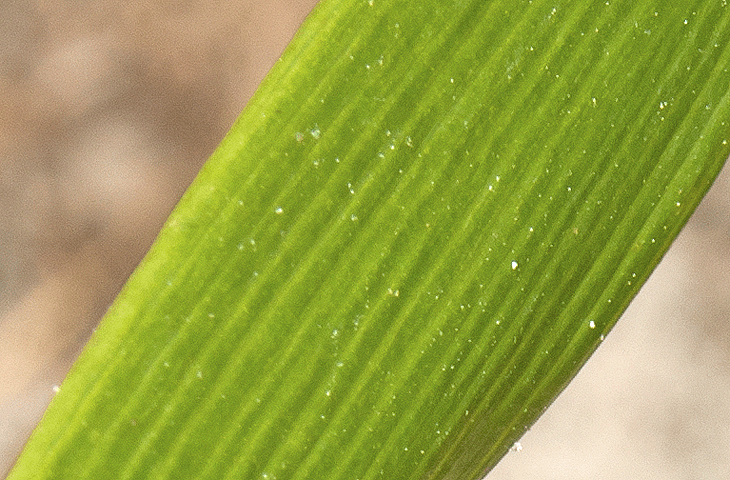
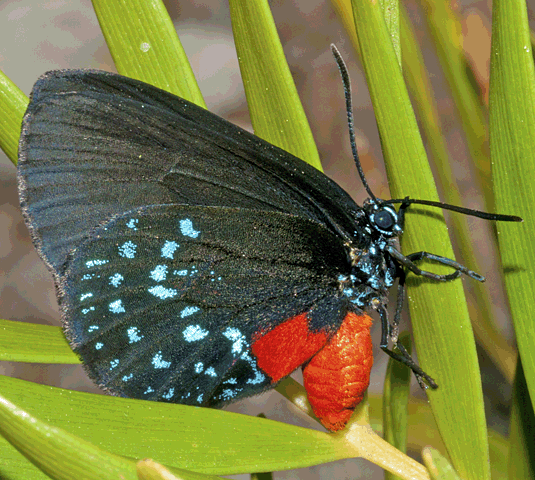 In exchange for pollination, coonties provide food for two beetle species, Pharaxonotha zamiae (a clavicorn beetle) and Rhopalotria slossoni (a weevil). Coontie seeds are food for birds and other small animals. The leaves are the larval food of Eumaeus atala florida (Atala Butterfly) and Seiractia echo (Echo Moth).
In exchange for pollination, coonties provide food for two beetle species, Pharaxonotha zamiae (a clavicorn beetle) and Rhopalotria slossoni (a weevil). Coontie seeds are food for birds and other small animals. The leaves are the larval food of Eumaeus atala florida (Atala Butterfly) and Seiractia echo (Echo Moth).